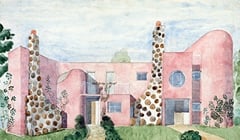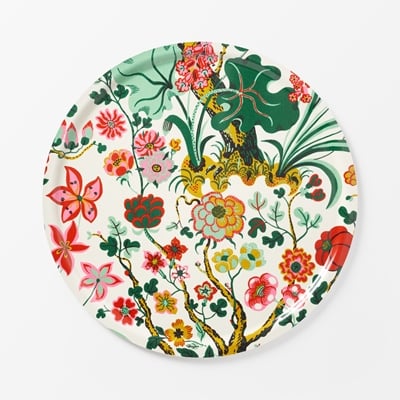Sustainability and manufacturing
Material
Birch Veneer & Textile
Forests play a crucial roll in the global environment. The forest industry employs close to 14 million people, accounting for one per cent of the global gross domestic product (GDP). Approximately 500 million people depend on the forest for their livelihood and hundreds of thousands of entrepreneurs around the world rely on the forest for fibre and raw material. Therefore, as both businesses and consumers, we should take measures to protect the forest for future generations. One way to do this is to encourage working with sustainably harvested wood as much as possible.
Wood is renewable, reusable and bio- degradable, and all of our trays and coasters are FSC-certified. FSC (Forest Stewardship Council) is an international, independent organisation that promotes environmentally responsible forest management, but unlike other certifications, it also takes social and economic aspects into consideration.
This is how Svenskt Tenn’s textile trays are manufactured
The manufacture of Svenskt Tenn’s trays takes place at Åry Trays in Nybro. The production of the textile trays begins with sheets being cut out from textile rolls with patterns by Josef Frank and Estrid Ericson. The press operator then rolls the lint off each sheet, before they are placed in powerful presses together with birch veneer, lacquer and adhesive.
The presses are set and adapted based on the size of the trays and they are then pressed together at a pressure of approximately 20 – 25 kg/cm2 and a temperature of approximately 125 – 130°C. After that, they remain in the press for some 6 – 7 minutes before being taken out in order to cool down slowly.
The cooled trays are driven through a rondell milling cutter in order to receive the correct shape, before being polished by hand so that the edges become softly rounded. Finally, it’s time to inspect the trays before they receive an EAN label and are packed for shipment to Svenskt Tenn.
FSC® CERTIFICATION
FSC is an international, independent organisation that promotes environmentally responsible forest management. It also takes social and economic aspects into consideration.
Sustainability in focus
Read more about Svenskt Tenn's Sustainability Philosophy below.













































































